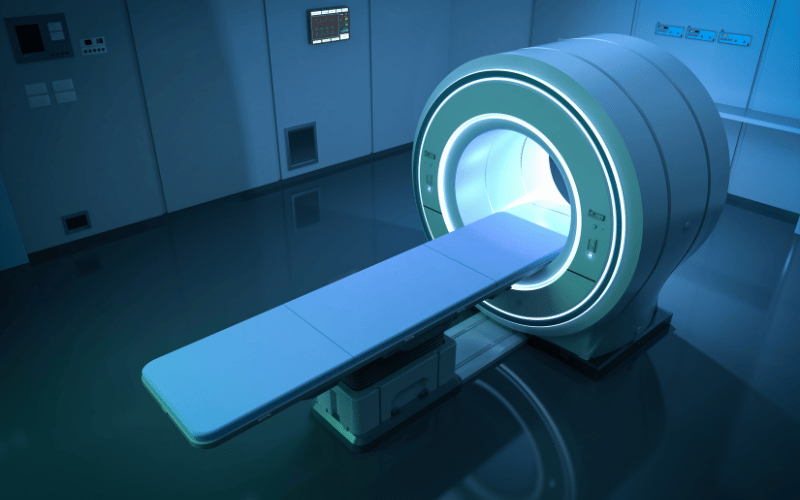5. Diagnostic Tools: More Than Just a Physical Exam

Diagnosis of parotitis involves more than a quick look and feel of the swollen area. Advanced techniques have emerged to offer more accurate and speedy results. For instance, imaging tests like MRI and CT scans provide detailed visuals of the parotid glands, going beyond surface-level assessments.
Ultrasound technology has also proved to be a valuable tool. It provides real-time images of the gland, helping to identify any abnormalities or blockages. While MRIs and CT scans offer detailed images, ultrasound serves as a quicker and often less expensive alternative.
Fine-needle aspiration (FNA) is another diagnostic method that doesn’t get enough attention. It involves inserting a thin needle into the swollen gland to collect a sample. This sample is then examined under a microscope to identify the root cause of the swelling, whether it’s bacterial, viral, or something else.
Salivary gland scans using radioactive isotopes have also emerged as a cutting-edge diagnostic tool. These scans help evaluate the functioning of the parotid glands and can even pinpoint specific areas of concern, thus enabling more targeted treatment options. (5)